20+ Design Jobs and Disciplines Explained with Examples
Published October 15, 2010 in Shevaa in Inspiration
Have you ever wondered what types of designers and design jobs there are “out there”? The big familiar disciplines are graphic design, web design, interior design and fashion design, but there are many other lines of work in which a person can be classified as a designer. Whether you are a student looking at a career in a design related field and need some direction or are a designer wondering what other fields are out there, take a look at this post to get a better idea. By the way, I unabashedly borrowed these descriptions from Wikipedia which (fortunately) makes use of a Creative Commons Attribution-Share-Alike license.
1. 3D Modeling

In 3D computer graphics, 3D modeling (also known as meshing) is the process of developing a mathematical representation of any three-dimensional surface of object (either inanimate or living) via specialized software. The product is called a D model. It can be displayed as a two-dimensional image through a process called 3D rendering or used in a computer simulation of physical phenomena. The model can also be physically created using 3D Printing devices.
2. Advertising

Advertising is a form of communication intended to persuade an audience (viewers, readers or listeners) to purchase or take some action upon products, ideals, or services. It includes the name of a product or service and how that product or service could benefit the consumer, to persuade a target market to purchase or to consume that particular brand. These brands are usually paid for or identified through sponsors and viewed via various media. Advertising can also serve to communicate an idea to a mass amount of people in an attempt to convince them to take a certain action.
3. Animation
Animation is the rapid display of a sequence of images of 2-D or 3-D artwork or model positions in order to create an illusion of movement. It is an optical illusion of motion due to the phenomenon of persistence of vision, and can be created and demonstrated in a number of ways. The most common method of presenting animation is as a motion picture or video program, although several other forms of presenting animation also exist.
4. Architecture

An architect is a person trained in the planning, design and oversight of the construction of buildings, and is licensed to practice architecture. To practice architecture means to offer or render services in connection with the design and construction of a building, or group of buildings and the space within the site surrounding the buildings, that have as their principal purpose human occupancy or use.
5. Comics

Comics is a graphic medium in which images convey a sequential narrative. The term derives from the mostly humorous early work in the medium, and came to apply to that form of the medium including those far from comic. The sequential nature of the pictures, and the predominance of pictures over words, distinguishes comics from picture books, though there is some overlap between the two. Most comics combine words with images, often indicating speech in the form of word balloons, but pantomime strips, such as The Little King, are not uncommon. Words other than dialogue, captions for example, usually expand upon the pictures, but sometimes act in counterpoint.
6. Concept Art

Concept art is a form of illustration where the main goal is to convey a visual representation of a design, idea, and/or mood for use in films, video games, animation, or comic books before it is put into the final product. Concept art is also referred to as visual development and/or concept design. This term can also be applied to retail design, set design, fashion design and architectural design.
7. Corporate Identity & Logo

In marketing, a corporate identity is the “persona” of a corporation which is designed to accord with and facilitate the attainment of business objectives. It is usually visibly manifested by way of branding and the use of trademarks.
In general, this amounts to a corporate title, logo (logotype and/or logogram), and supporting devices commonly assembled within a set of guidelines. These guidelines govern how the identity is applied and confirm approved colour palettes, typefaces, page layouts and other such methods of maintaining visual continuity and brand recognition across all physical manifestations of the brand. These guidelines are usually formulated into a package of tools called corporate identity manuals.
8. Creative Direction

A creative director is a position usually found within the film, fashion, advertising, media or entertainment industries, but may be useful in other creative organizations such as web development and software development firms as well. The job entails overseeing all aspects of product design.
In advertising, this means branding and advertising for a client and ensuring that the new branding and advertising fits in with the client’s requirements and the image they wish to promote for their company or product. The main aspects of this role are to interpret a client’s communications strategy and then develop proposed creative approaches and treatments that align with that strategy. Another is to initiate and stimulate creative ideas for and from everyone involved in the creative process.
In other industries, such as video games, a creative director is responsible for the design, vision and direction of the product, which is a different role to that of a producer or project manager. Creative directors are sometimes also called lead designer or chief creative officers depending on the specific company in question.
9. Drawing

Drawing is a visual art that makes use of any number of drawing instruments to mark a two-dimensional medium. Common instruments include graphite pencils, pen and ink, inked brushes, wax color pencils, crayons, charcoals, chalk, pastels, markers, stylus, or various metals like silverpoint. An artist who practices or works in drawing may be referred to as a draftsman or draughtsman.
10. Fashion Design

Fashion design is the art of the application of design and aesthetics to clothing and accessories. Fashion design is influenced by cultural and social attitudes, and has varied over time and place. Fashion designers work in a number of ways in designing clothing and accessories. Some work alone or as part of a team. They attempt to satisfy consumer desire for aesthetically designed clothing; and, because of the time required to bring a garment onto the market, must at times anticipate changing consumer tastes. Some designers in fact have a reputation which enables them to set fashion trends.
11. Fine Art

Fine art or the fine arts describes an art form developed primarily for aesthetics and/or concept rather than practical application. Art is often a synonym for fine art, as employed in the term “art gallery”.
12. Graphic Design

Graphic design is a creative process — most often involving a client and a designer and usually completed in conjunction with producers of form (i.e., printers, programmers, signmakers, etc.) — undertaken in order to convey a specific message (or messages) to a targeted audience. The term “graphic design” can also refer to a number of artistic and professional disciplines that focus on visual communication and presentation. The field as a whole is also often referred to as Visual Communication or Communication Design. Various methods are used to create and combine words, symbols, and images to create a visual representation of ideas and messages. A graphic designer may use typography, visual arts and page layout techniques to produce the final result. Graphic design often refers to both the process (designing) by which the communication is created and the products (designs) which are generated.
13. Illustration

An illustrator is a graphic artist who specializes in enhancing writing by providing a visual representation that corresponds to the content of the associated text. The illustration may be intended to clarify complicated concepts or objects that are difficult to describe textually.
Illustrations have been used in advertisements, greeting cards, posters, books, magazines and newspapers. A cartoon illustration can add humor to humorous essays.
14. Industrial Design

Industrial design is a combination of applied art and applied science, whereby the aesthetics, ergonomics and usability of products may be improved for marketability and production. The role of an industrial designer is to create and execute design solutions towards problems of form, usability, physical ergonomics, marketing, brand development and sales.
15. Interaction Design

Interaction design (IxD) is the study of devices with which a user can interact, in particular computer users. The practice typically centers on embedding information technology into the ambient social complexities of the physical world. It can also apply to other types of non-electronic products and services, and even organizations. Interaction design defines the behavior (the “interaction”) of an artifact or system in response to its users. Malcolm McCullough has written, “As a consequence of pervasive computing, interaction design is poised to become one of the main liberal arts of the twenty-first century.”
16. Interface Design

User interface design or user interface engineering is the design of computers, appliances, machines, mobile communication devices, software applications, and websites with the focus on the user’s experience and interaction. The goal of user interface design is to make the user’s interaction as simple and efficient as possible, in terms of accomplishing user goals—what is often called user-centered design. Good user interface design facilitates finishing the task at hand without drawing unnecessary attention to itself. Graphic design may be utilized to support its usability. The design process must balance technical functionality and visual elements (e.g., mental model) to create a system that is not only operational but also usable and adaptable to changing user needs.
17. Interior Design

Interior design is a multi-faceted profession in which creative and technical solutions are applied within a structure to achieve a built interior environment.
The interior design process follows a systematic and coordinated methodology, including research, analysis, and integration of knowledge into the creative process, whereby the needs and resources of the client are satisfied to produce an interior space that fulfills the project goals.
18. Lighting Design

The role of the lighting designer (or LD) within theatre is to work with the director, set designer, costume designer, and sometimes the sound designer and choreographer to create an overall ‘look’ for the show in response to the text, while keeping in mind issues of visibility, safety and cost. The LD also works closely with the stage manager on show control programming, if show control systems are used in that production. Outside of the theatre the job of a Lighting Designer can be much more diverse and they can be found working on rock and pop tours,corporate launches, art installation and on massive celebration spectaculars, for example the Olympic Games opening and closing ceremonies.
19. Motion Design
Motion Design is a subset of graphic design in that it uses graphic design principles in a film or video context (or other temporally evolving visual medium) through the use of animation or filmic techniques. Examples include the typography and graphics you see as the titles for a film, or opening sequences for television or the spinning, web-based animations, three-dimensional logo for a television channel. About 12 minutes in every hour of broadcast television is the work of the motion graphics designer, yet it is known as the invisible art, as many viewers are unaware of this component of programming. Although this art form has been around for decades, it has taken quantum leaps forward in recent years, in terms of technical sophistication. If you watch much TV or see many films, you will have noticed that the graphics, the typography, and the visual effects within this medium have become much more elaborate and sophisticated.
20. Packaging

Package design and development are often thought of as an integral part of the new product development process. Alternatively, development of a package (or component) can be a separate process, but must be linked closely with the product to be packaged. Package design starts with the identification of all the requirements: structural design, marketing, shelf life, quality assurance, logistics, legal, regulatory, graphic design, end-use, environmental, etc. The design criteria, performance (specified by package testing), completion time targets, resources, and cost constraints need to be established and agreed upon.
21. Photography

Photography is the process, activity and art of creating still or moving pictures by recording radiation on a radiation-sensitive medium, such as a photographic film, or an electronic sensor. Photography uses foremost radiation in the UV, visible and near-IR spectrum. For common purposes the term light is used in stead of radiation. Light reflected or emitted from objects form a real image on a light sensitive area (film or plate) or a FPA pixel array sensor by means of a pin hole or lens in a device known as a camera during a timed exposure. The result on film or plate is a latent image, subsequently developed into a visual image (negative or diapositive). An image on paper base is known as a print. The result on the FPA pixel array sensor is an electrical charge at each pixel which is electronically processed and stored in a computer (raster)-image file for subsequent display or processing. Photography has many uses for business, science, manufacturing (f.i. Photolithography), art, and recreational purposes.
22. Print Design

Print design is the process of creating and formatting projects using layout software that is ready to be printed by the end user. Especially helpful when multiple persons or agencies are working on the same project.
23. Textile Design

Textile design is the process of creating designs for knitted, woven or printed fabrics. Successful textile designers marry a creative vision of what a finished textile will look like with a deep understanding of the technical aspects of production and the properties of fiber, yarn, and dyes.
24. Web Design

Web design is the skill of creating presentations of content (usually hypertext or hypermedia) that is delivered to an end-user through the World Wide Web, using a Web browser or other Web-enabled software . The intent of web design is to create a website—a collection of electronic documents and applications that reside on a Web server/servers. The website may include text, images, sounds and other content, and may be interactive.
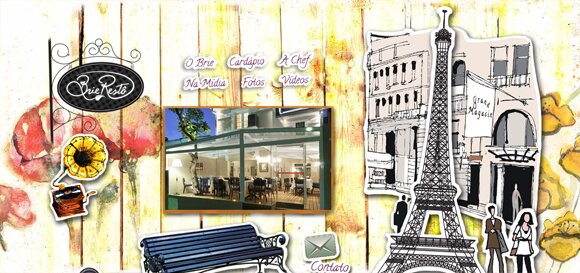
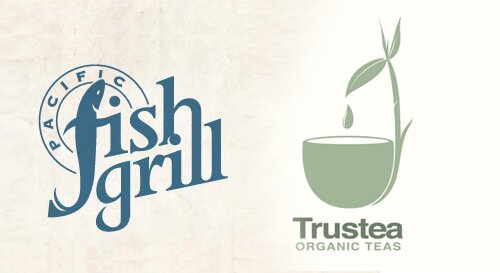
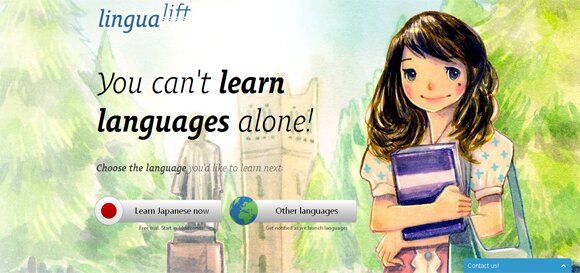
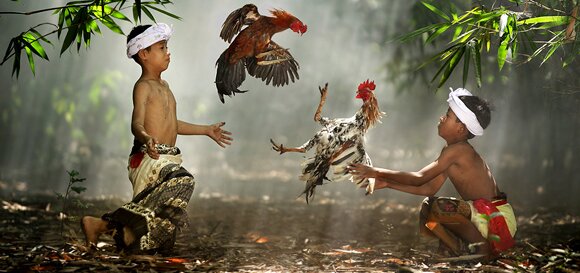
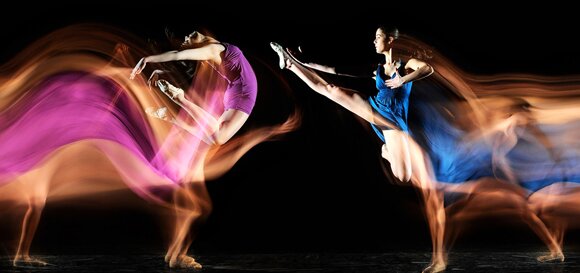

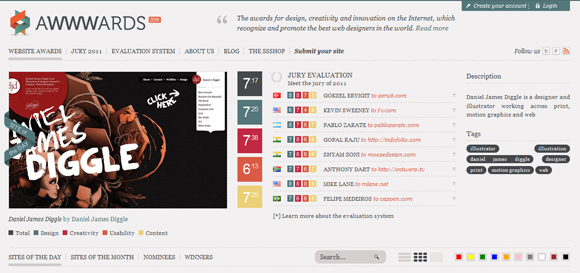
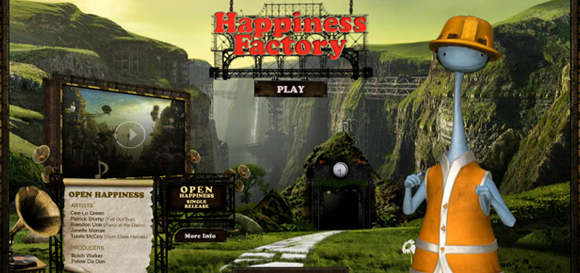





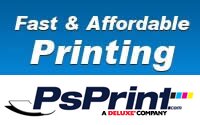
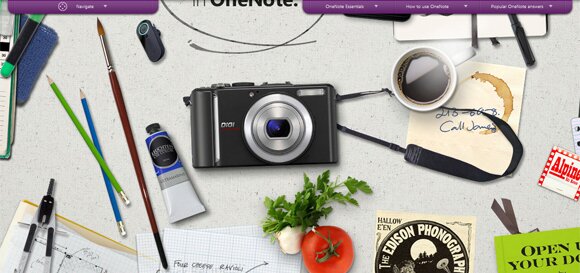




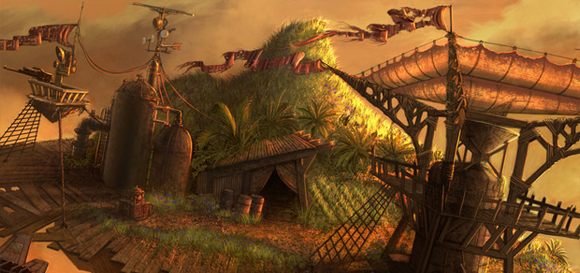
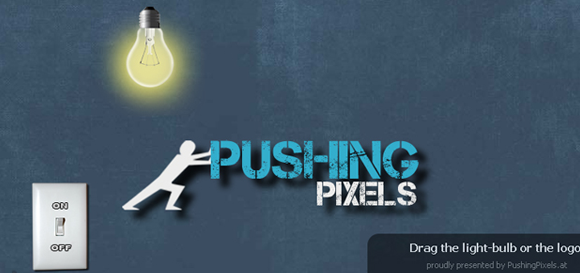

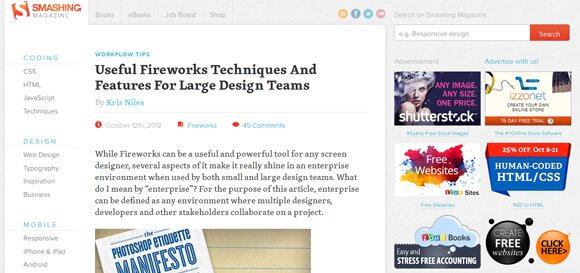
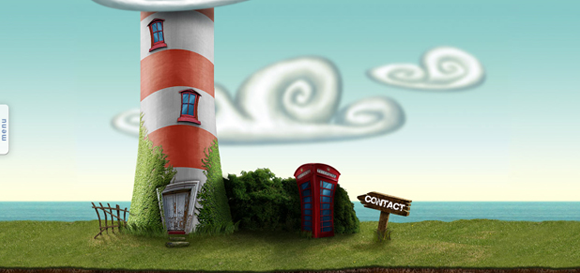

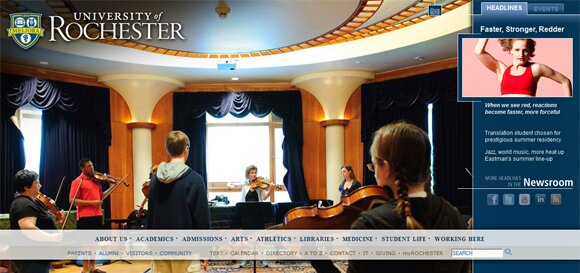
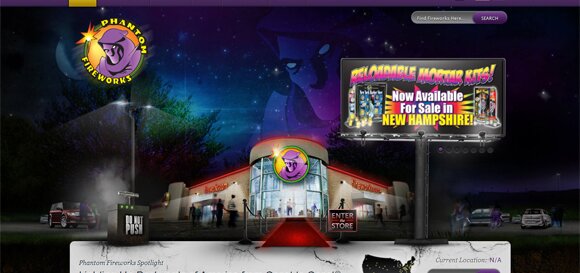



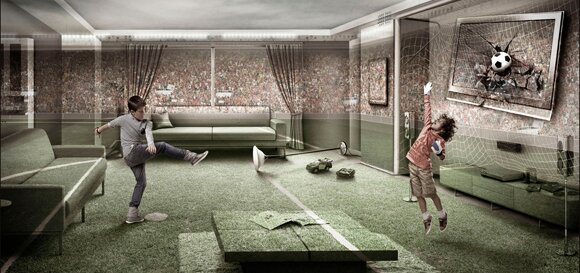
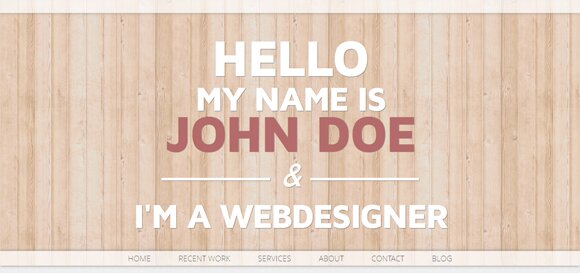
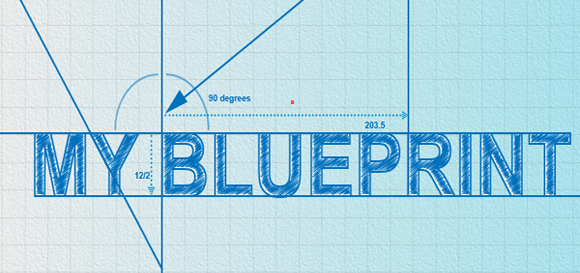
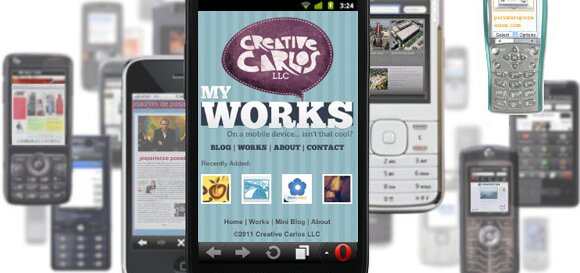
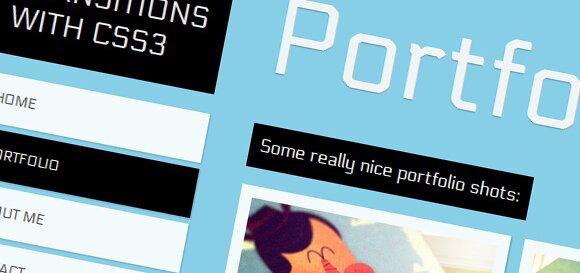
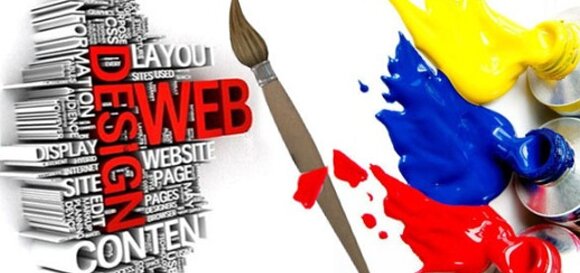
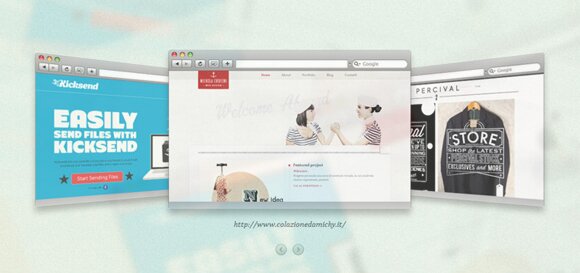

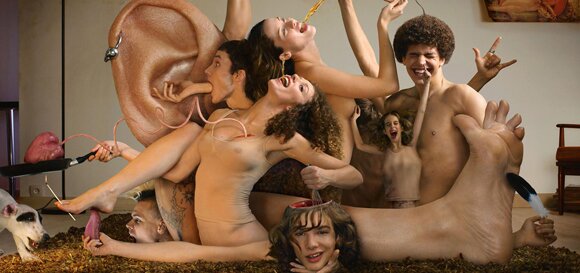
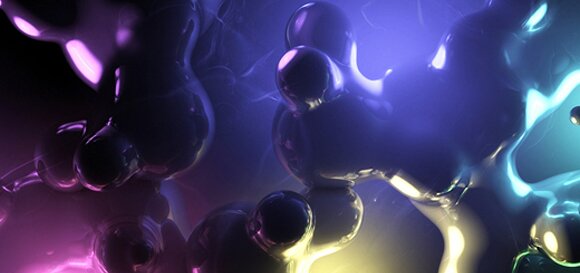
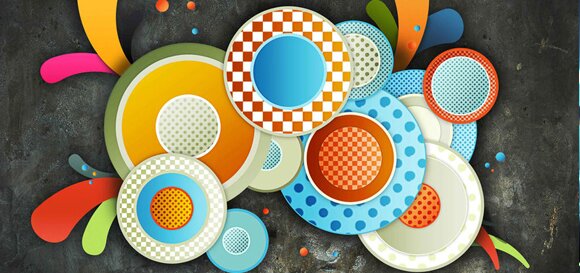
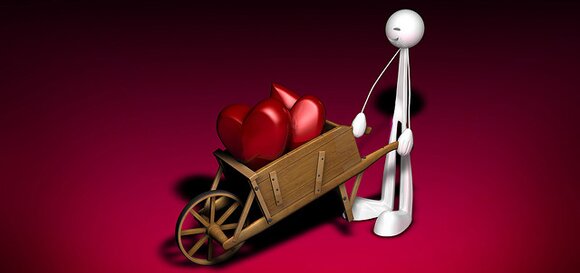
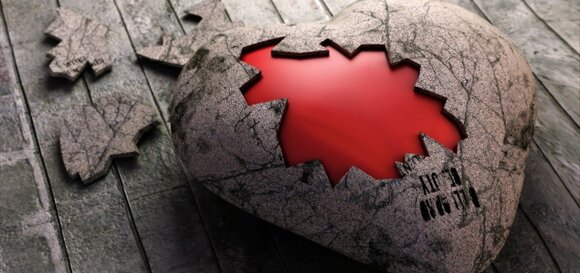
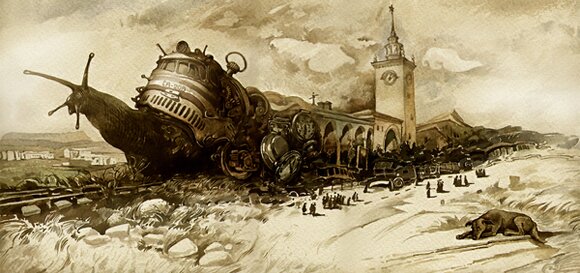
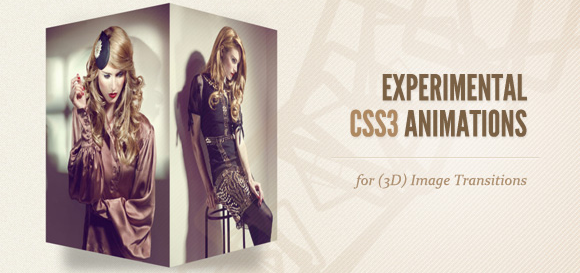
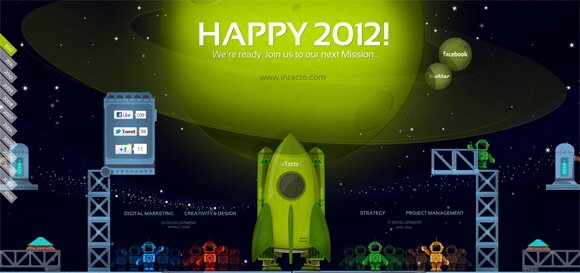
Good job! what a great post!
found your site on del.icio.us today and really liked it.. i bookmarked it and will be back to check it out some more later
Hi, i must say fantastic site you have, i stumbled across it in Google. Thanks!!
Thanks for your entire efforts on this web page. My mom take interest in engaging in internet research and it is easy to see why. All of us know all relating to the lively means you deliver functional ideas on your website and even invigorate contribution from some other people on that subject so our girl is without question starting to learn a great deal. Have fun with the rest of the year. You have been doing a tremendous job.
Great Article! I’ll be expecting lots of articles from you! I hope lot’s of Students Find Jobs when they apply this into their way of life.